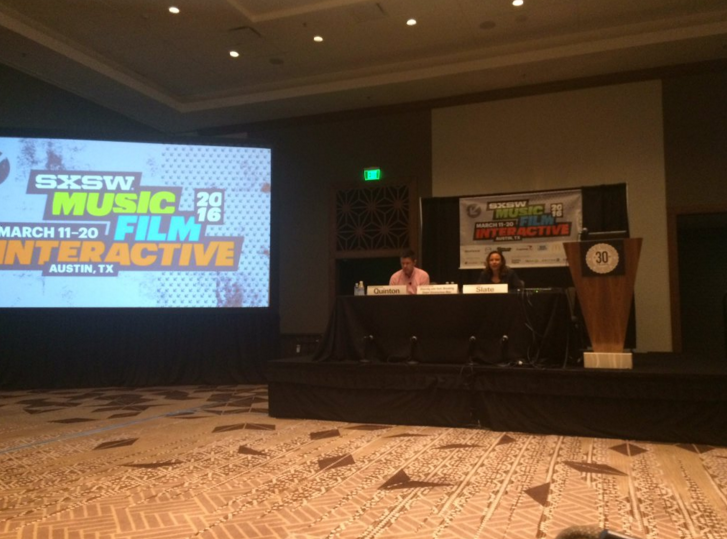I had the honor of speaking at SXSW 2016 with Shari Slate the Chief Inclusion and Collaboration at CISCO. We took on the subject of unconscious bias from the perspective of big tech and startup tech, layering in our own personal perspectives.
Our overarching message was about the need to get “comfortable with being uncomfortable” when discussing and acting on unconscious bias issues.
In closing we offered three recommendations that we hoped would be useful to pretty much anyone who was opening to learning more and taking personal action.
The start point was these observations:
- We all have mental shortcuts, heuristics that help us function as human beings in a very complex world. But they can and do represent dangerous unconscious biases when what is embedded in the “automatic” part of our brains is inconsistent with the intentional views and opinions expressed by our “reflective” side.
- We can engage our reflective/conscious brain to interrupt those biases. That means we need to question ourselves – and others – knowing that tackling our unconscious biases takes all of “intention, attention and time”.
- As a result we can all, at an individual and collective level, take steps to be more inclusive colleagues and leaders, to make better decisions and built better, fairer more innovative businesses
From there we set out three sets of recommendations for all of the folks in the room that flowed from those three start points:
1. Knowledge is power. And that includes self knowledge.
- Become a student of yourself and more self aware of your ownbiases.
- Take the Harvard Implicit Association Test. (Just go to Project Implicit. Warning … be prepared to find out things about yourself that might be surprising, perplexing even shocking.)
- Consciously think about how you judge people and situations. For example, did I really make an objective decision with that hire recommendation or was I too eager to vote up someone I “liked” … especially because they are “like” me?
- Make yourself ask questions rather than making assumptions that may reflect your biases. So don’t assume a pregnant team member wants to work part time and hence not give her the big project or assignment in the offing. Or assume that a guy who is about to be a father will come into work regardless as if nothing had happened. Ask her, or him – have the uncomfortable conversation.
2. Be the unconscious bias change that you want to see in the world.
- At an individual level each of us can engage our conscious brains more often and call out/question (politely and constructively) what seems like unconscious bias when we observe it. Celebrate those that do the same.
- Give credit where it is due and always take the positive perspective – if your objective is to help others make the best and fairest decisions and to allow people to be their authentic selves at work then acting collegially not critically is a key part of that.
- Obviously it is important to practice what you preach: make your own behaviors inclusive … and be aware that your own unconscious bias can kick in more when you are time pressure, working with incomplete information and overloaded. (So … for many of us most all of the time!?)
- And anyone who has the ability to influence processes and organizational design can contribute by taking steps to disrupt bias for example in hiring processes (including job description construction, resume screening and interview questions) or the way meetings are conducted (so things like who speaks, who gets credit, who takes the minutes, who sits where.)
3. Mentor someone different from you. You can give back, learn more and get out of your personal comfort zone (and into that of stereotypically different folks) by mentoring (and being mentored by) someone different from you. Ideally aim for two or more degrees different across dimensions like age/race/gender/educational background/politics/class etc.
Image credit: Twitter



